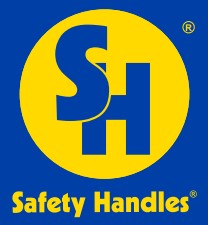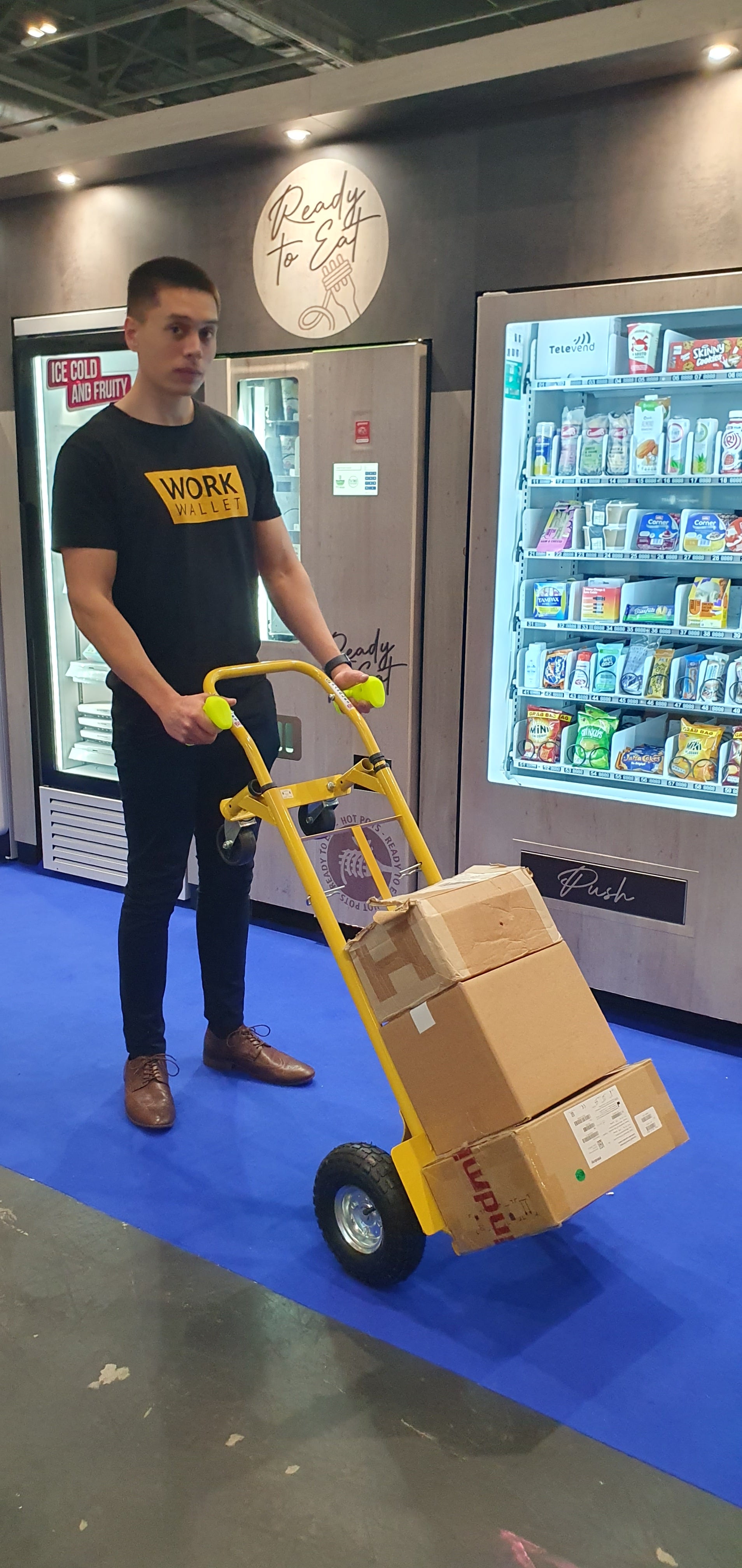Workplace Safety
Musculoskeletal disorders (MSK) are a significant concern for workplace safety. They impact employee health and well-being while also burdening companies financially causing long term health issues. A common response is to use pram style handles but does this just move the issue to Carpal Tunnel Syndrome (CTS) instead?
Pram-style handles
The background of pram-style handles is rooted in both functionality and aesthetics. These handles were originally designed for baby prams, aiming to enhance comfort, convenience, and safety for parents and caregivers. The ergonomic design looks to promote a neutral wrist position, reducing strain during prolonged use.

When dealing with Carpal Tunnel Syndrome (CTS), relying solely on pram handles may not be sufficient for several reasons:
Pressure Distribution Pram handles, while important, may not adequately distribute pressure across the wrist. CTS often results from compression of the median nerve within the carpal tunnel of the wrist.
Vibration Wheelchairs, including prams, can generate vibrations when moving over uneven surfaces. These vibrations can exacerbate wrist strain and potentially worsen CTS symptoms. Specialized handles that dampen or absorb vibration are essential for minimizing this risk.
Individual Variability Each person’s wrist anatomy, sensitivity and height vary. While some individuals may find pram handles comfortable, others might experience discomfort due to their unique wrist alignment or pressure points. This leads to users bending the wrist, effecting the pressure on the median nerve, exactly what pram handle users need to avoid to prevent CTS!
Holistic Approach Managing CTS involves a holistic approach. Besides handle design, factors like overall posture, wrist positioning during activities, and regular breaks play a crucial role. A comprehensive strategy that considers all these aspects is more effective in preventing or managing CTS.

Everyone has unique wrist alignment or pressure points which is counter to a non-pivoting handle design.
Safety Handles
While pram handles contribute to wrist comfort, a multifaceted approach that includes ergonomic design, vibration reduction, and individual customization is essential for addressing CTS effectively. The design of Safety Handles help mitigate this pressure by promoting a neutral wrist position, distributes the weight more evenly and has a more natural grip.
Safety Handles offer a superior grip that dynamically adjusts to the attendant's height, effectively reducing strain on the wrist (CTS) and eliminating the need to arch the back. Particularly on inclines and drops, Safety Handles truly shine, providing heightened grip, control, and stability.
Pram Handles are a step in the right direction but do not offer true reductions in injury prevention that Safety Handles provides.

Safety Handles pivot to keep your wrist neutral. This is not possible with pram style handles as they are fixed.
For more details on Safety Handles contact Hello@SafetyHandles.co.uk or ring 0333 800 5000.
*If you have hand breaks on your current wheelchair, check with Safety Handles for fitting requirements.



